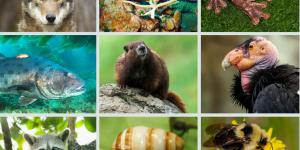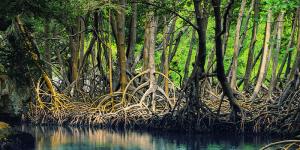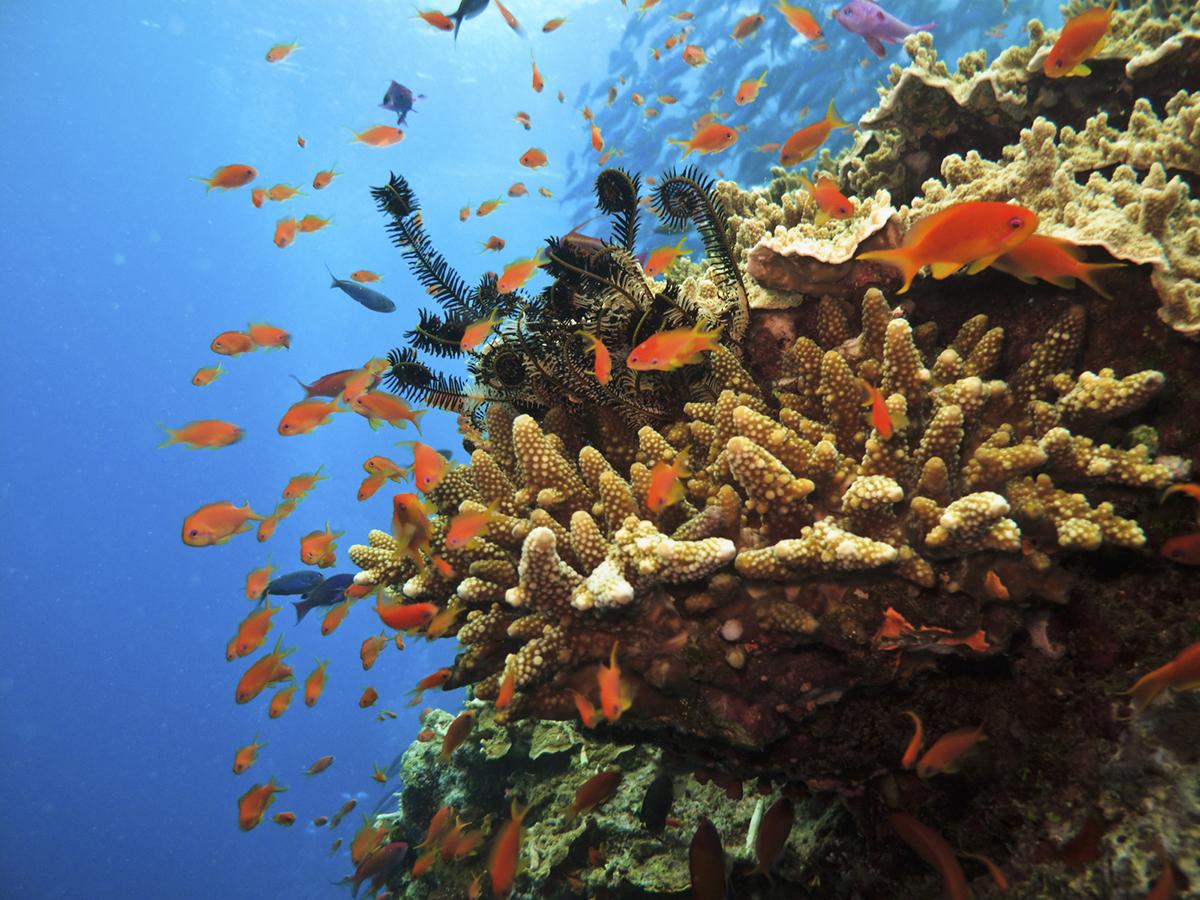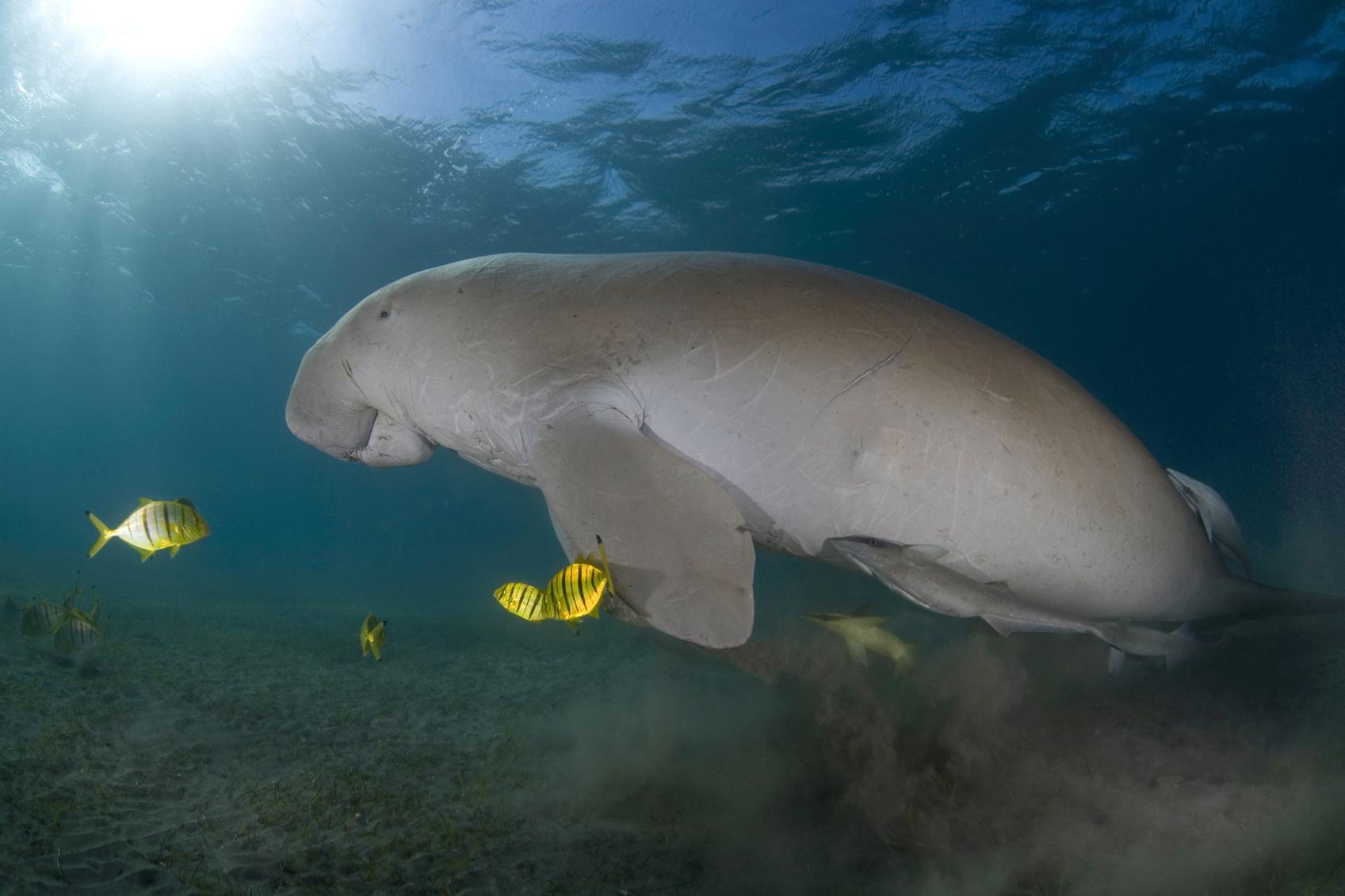Endangered Animals in the Great Barrier Reef


The Great Barrier Reef, located in the North-East of Australia, is home to one third of the World's Coral population, which means it has the largest coral reef system too. Due to the action of humans, many of the species that live in this natural wonder of the world are endangered, may it be due to hunting, the creation of bigger ports or water pollution; the Coral Reef is currently home to hundreds of species that could also be endangered soon.
Today on AnimalWised, we'll talk about those animals that have been classified as endangered by the CITES species classification. Keep on reading if you'd like to know more about the most endangered animals in the Great Barrier Reef.
Dugong
Though you may try to classify it as a dolphin or a shark, the dugong is actually a manatee that can swim for six minutes without having to catch its breath on the water surface. These herbivore mammals live in the Pacific Ocean, feeding on underwater grass which is where you'll usually find them. Due to their location around the shallow inter-reefal waters, they have been an easy target for fishermen and hunters, who have found their meat, teeth and oil a precious trade. Moreover, they are also threatened due to water pollution and sea dumping in the area, making them one of the most endangered animals in the Great Barrier Reef, Australia and the whole world.
Nowadays, they are officially protected by the Australian state. Although the fact that the duration of the reproductive cycle of a female dugong is 1 year, added to the fact that they can only give birth to one kin and that the newborn needs to be attached to its mother for at least 18 months, makes the re-establishment of this species pretty difficult; with only a growth of 5% of the dugong population per year.
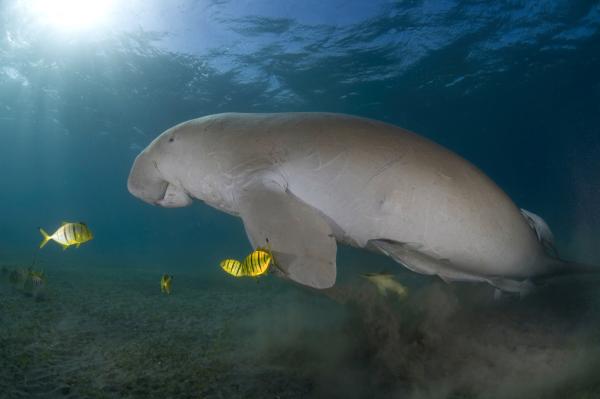
Marine Turtles
Another of the most endangered animals in the Great Barrier Reef is the marine turtle. In fact, the World Conservation Union has classified 4 out of the 6 species of marine turtles as endangered. The other two species are also vulnerable to being endangered. Take a look at the species that are currently endangered:
- Loggerhead turtle: The loggerhead has earned its name due to its big head, which it uses to crush its food. Their species' endangerment is also linked to their slow reproductive rate, as they only breed every two to five years.
- Green turtle: Though they are the most abundant species in the Barrier Reef, the high fluctuation in their nesting numbers, which is co-related to climate change as it causes more frequent flooding of their nests, makes this species endangered.
- Hawksbill turtle: These small sea turtles love shallow waters to feed on sponges and to hatch their eggs. It is precisely the eggs that make them seriously endangered, as these are still considered a delicatessen dish and are eaten in many parts of the world.
- Leatherback turtle: This species is critically endangered in the Barrier Reef and is barely sighted. Studies have pinpointed other animals as the main cause for their disappearance.
The flatback turtle and the olive ridley are also currently at risk of being endangered, which is why they've been classified as vulnerable and also have special conservation treatment.
The reason for these creatures' endangerment is due to the value of their shell, eggs and meat; which is why they have been hunted for centuries. They are especially vulnerable, as female turtles hatch their eggs offshore, creating a nest where she needs to come back to; this means they are easy prey for hunters.
Moreover, turtles migrate during their whole life cycle, which is why another reason for their disappearance is the fact that they are hit by boats fairly frequently, even more so with the rise of tourism in the Great Barrier Reef.
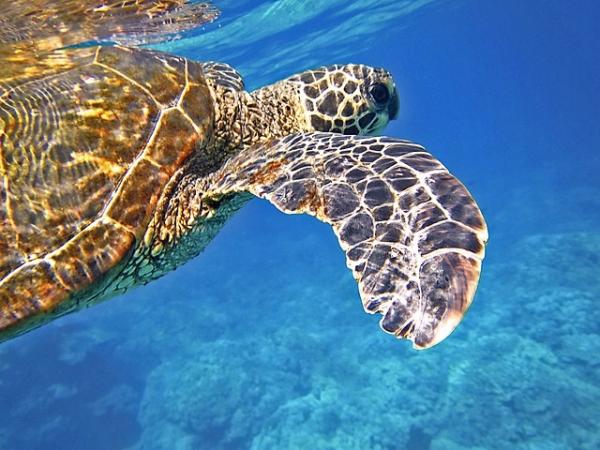
Whales
Whales have long been one of the most important animals of the reef for the aboriginal people, having the Mugga Mugga as their totem. Though it is currently under strict protection, whales became endangered due to the high rate of whaling, i.e whale hunting. The humpback whale was down to as little as 500 specimens in the 1960's. However, their population is slowly growing thanks to the Great Barrier Reef Marine Park Authority (GBRMPA), who makes sure that the Barrier is the safest nursery area they can have.
Apart from the humpback whale, other endangered whales that find haven thanks to the protection of the GBRMPA is the bryde's whale, that is still endangered due to ship strikes and the levels of pollution in areas where they migrate. This is also the case of the Sei whale, that is so endangered there are estimations that say it will become extinct by 2036, though they are currently under the protection of the Conservation of Migratory Species of Wild Animals.
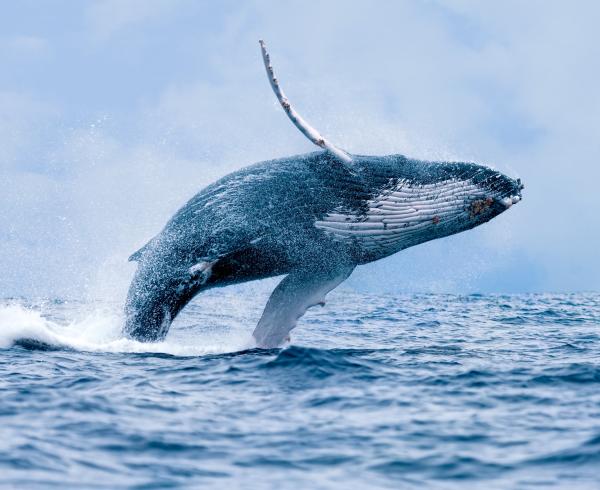
Saltwater Crocodiles
Though they are actually one of the most dangerous animals in Australia, the truth is that there are currently only around 200,000 to 300,000 specimens in the whole world, also making them one of the most endangered animals in the Reef. Nicknamed "salties" by Aussies, the excellent abilities of saltwater crocodiles mean they are often found far out in the Barrier sea. This reptile has been hunted for its eggs and meat, as well as for their skin, which is pinpointed as the main reason for their endangerment, as well as the loss of natural habitat due to dredging of port expansions.
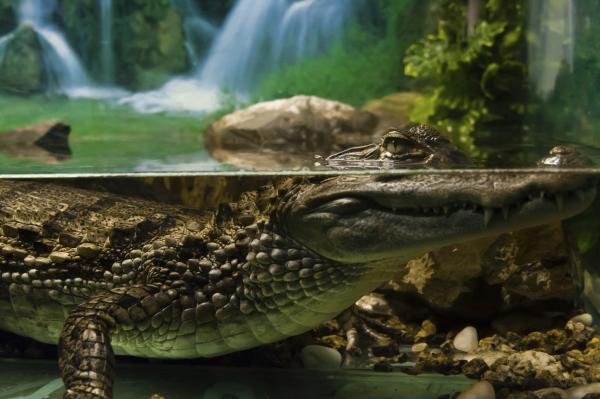
Coral
Though you may have thought that coral is actually a plant, the fact that they do not produce their own food makes them an animal too. Coral is the reason for the area's name: the Great Barrier Reef; which is the largest coral reef in the world.
Out of the 360 species of coral found in the area, 22 types of coral are currently classified as endangered species.
There are several reasons to explain why they are endangered. The first are Crown of thorns, a starfish species that is a natural predator for coral polyps. This species had an outbreak during the early 2000's and they have presumably reduced coral population to 50%.
Other reasons are global warming and pollution which cause what is known as coral bleaching, a reaction from the species when it loses its pigmentation. It is believed to be a sign of stress of the coral polyp and, if a coral undergoes bleaching for a long period, it eventually dies.
Sadly, the severe mass bleaching events of 2016 and 2017 have affected two-thirds of Australia's Great Barrier Reef. New aerial surveys have shown that these two bleaching events have damaged 1,500 km of the reef, and the damaged coral has little chance to recover.
Corals feed from algae, so the loss of wetland in favor of new coastal constructions means that there has also been a decrease in the quality of water in these areas, so not as many algae can flourish, leaving corals without as much food as they may need.
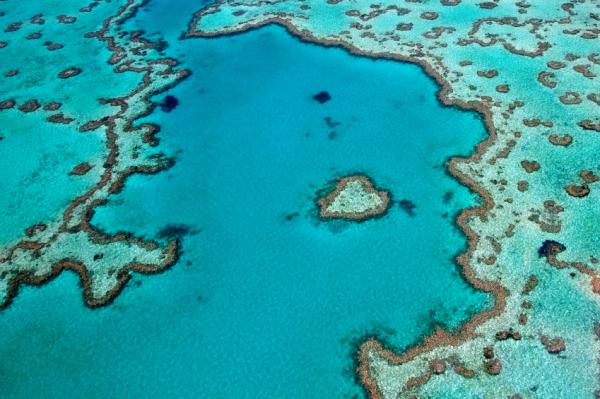
Protected species of the Great Barrier Reef
Apart from animals that are currently endangered, the Great Barrier Reef Marine Park Authority also provides special care of several other species that are both threatened to be endangered and those that are migrants at the barrier but that are also currently endangered. Take a look at the following categories of animals that are protected by the GBRMPA:
Migratory animals
The Bonn Convention stated several agreements to protect endangered migratory animals. Though we have stated several above, these are the ones that appear in their appendix:
- Leatherback sea turtle
- Olive ridley sea turtle
- Blue whale (one of the biggest marine animals in the world)
- Bryde's whale
- Fin whale
- Chinese white dolphin
- Irrawaddy dolphin
- Sperm whale
- Great white shark
Threatened animals
As mentioned, there are animals in the Great Barrier Reef that are not endangered but could be in the future. A threatened animal means that it has been declining in population in the area, which is why the GBRMPA take special care of it.
- Whale shark
- Grey nurse shark
- Green sawfish
- Freshwater sawfish
- Seahorses
- Maori wrasse
- Potoato cod
- Queensland grouper
- Barramundi cod
- Sea dragons
- Freshwater crocodile
- Albatross
- Little tern
- Southern giant petrel
- Subantarctic fur seal
- Bottlenose dophin
- Beaked whale
- Flase killer whale
- Fraser's dolphin
- Irrawaddy dolphin
- Melon-headed whale
- Minke whale
- Pygmy killer whale
- Risso's dolphin
- Short beaked dolphin
- Short finned dolphin
- Spinner dolphin
- Striped dolphin
- Bear paw clam
- Boring clam
- Giant clam
- Maxima clam
If you are you interested in learning about the different endangered species of the world and how to help protect them, take a look at our article asking why is the wild water buffalo endangered?
If you want to read similar articles to Endangered Animals in the Great Barrier Reef, we recommend you visit our Endangered animals category.
Tips
- Keep out of the way of endangered animals when visiting the Reef. Do not touch them or feed them.
- When visiting the reef, make sure you find eco-friendly trips, hotels and activities that respect endangered animals of the Great Barrier Reef.

